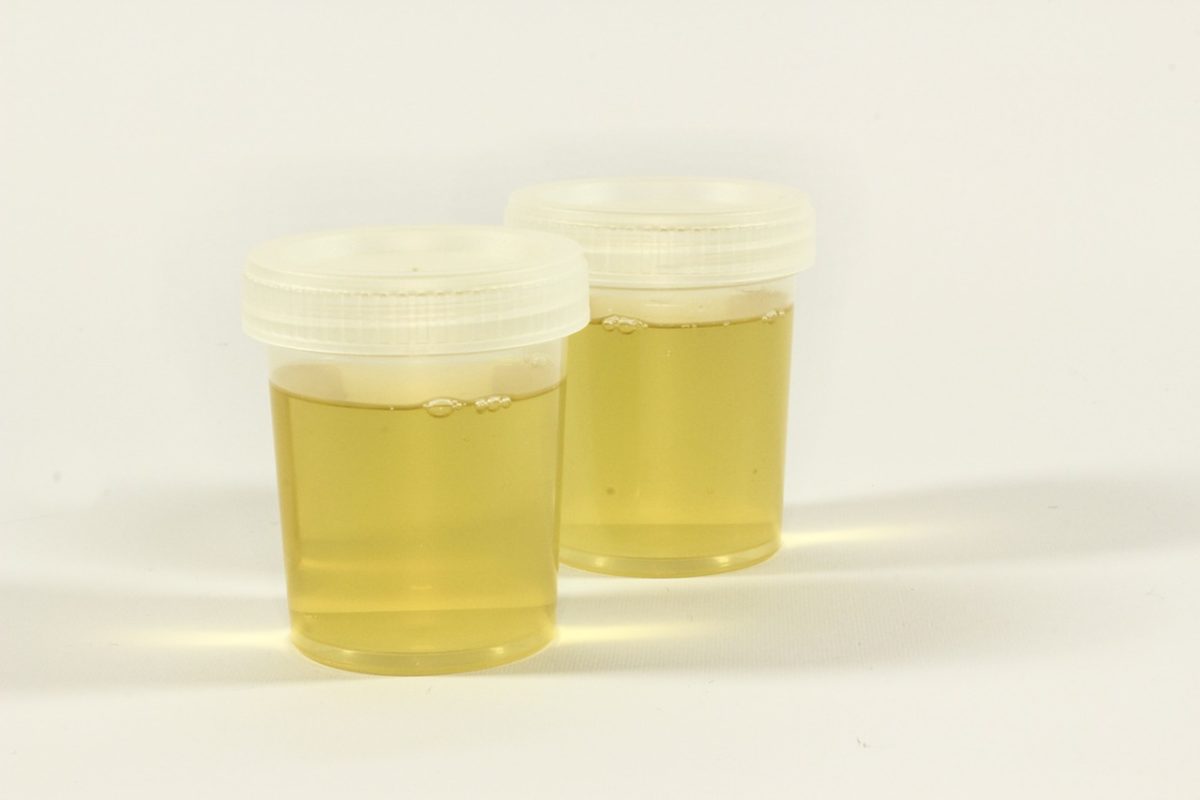KUALA LUMPUR, Nov 5 – A test based on DNA within self-collected urine or swab samples might help determine whether an HPV-positive woman is likely to have precancerous or cancerous cells, according to new research.
The study reported by the Guardian, which involved a test called S5, detects whether DNA from four types of the HPV virus linked to increased risk of cervical cancer has been modified through a process known as methylation.
Previous work has shown high levels of methylation at specific sites in such DNA indicates a greater risk of a woman having cells that could turn into cervical cancer, or the presence of cancer itself.
“Some HPV infections will resolve naturally, but the ones that are methylated are less likely to do so,” said Professor Jack Cuzick of Queen Mary University, part of the team behind the study which has not yet been published or peer reviewed.
The research team tested on 600 women who had already been found to have unusual cells and/or HPV, and had gone to a colposcopy clinic to have their cervix examined.
Each woman was tested for HPV and provided a vaginal swab she had taken herself, and over 500 of the women also provided a urine sample.
DNA was then extracted from the samples and analysed to give an average score for the degree of methylation.
According to the results, for both urine and vaginal swabs from the women, the S5 test had about a 73 per cent chance of correctly spotting women with advanced abnormal cells as diagnosed by colposcopy.
But when the S5 test was used on HPV positive women, the figure was at 96 per cent.
“This methylation test has been used on clinical samples and then shown to help identify those women with HPV [who also] really have serious disease,” said Cuzick.
“This is the first time we have suggested that the same can be done on a self-sample.”
This is an upgrade from what Public Health England (PHE) is working on: screening to look for HPV first via of self-collection of samples.
PHE has already begun a pilot for a home smear test, while research has shown that HPV can also be detected in urine, meaning a less invasive approach might also be possible.
However, these tests do not provide cervical cells that can be examined should HPV be found.
The latest research may be able to provide a solution to this drawback.








